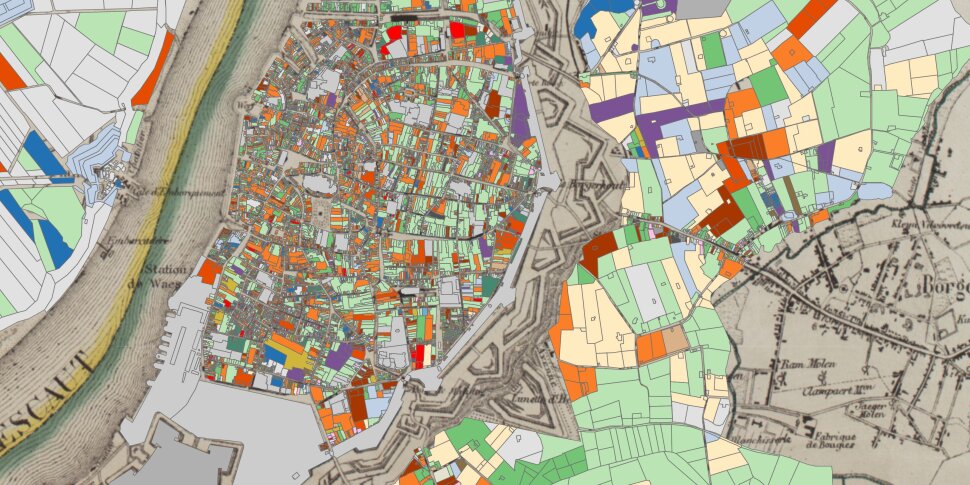GIStorical Antwerp
In a time of rapid urbanization solid long-term perspectives on the many environmental, social, economic or political challenges of urbanity are urgently needed. Uniting urban history, sociology, environmental studies and digital humanities, GIStorical Antwerp II turns the historical city into a digital lab which provides an answer to this need. For seven snapshots between 1584 and 1984 it offers dynamic social maps including every household in the entire city of Antwerp. Construction combines innovative ways of spatial methodologies as Linear Referencing. The result is a GIS-environment which not only allows a micro-level view of 400 years of urban development, but more importantly allows an immediate spatial and social contextualization of a sheer unlimited number of other datasets, both those realized through 30 years of research on Antwerp and the mass of structured and unstructured digital 'big data'. For both the applicants and the international research community a completely new type of longitudinal research on urban inequalities – from income over housing quality to pollution – becomes feasible.
Funding
GIStorical Antwerp was constructed in two phases:
- "GIStorical Antwerp: a micro-level data tool for the study of past urban societies, test-case: Antwerp." (2012-2017): 19th century inner city
- "GIStorical Antwerp II. The historical city as empirical lab for urban studies using high-resolution social maps." (2016-2020): extension in time (1584-1984) and space (urban fringe)
Both phases were funded by FWO Flanders

